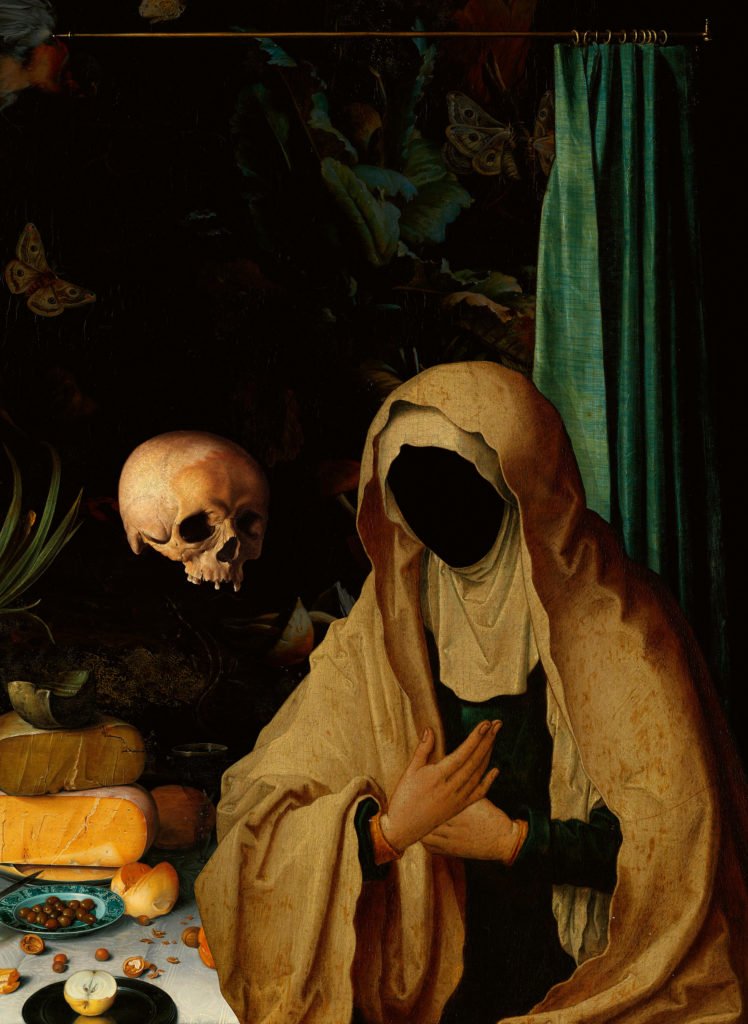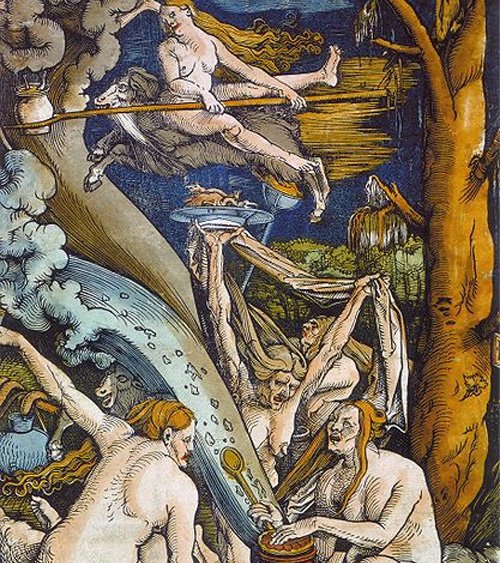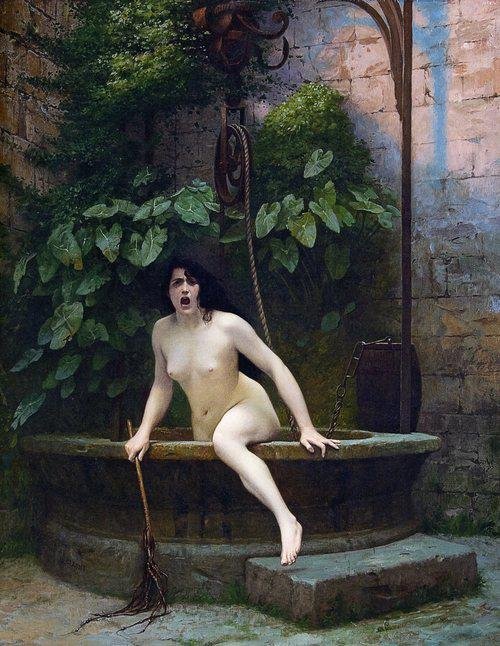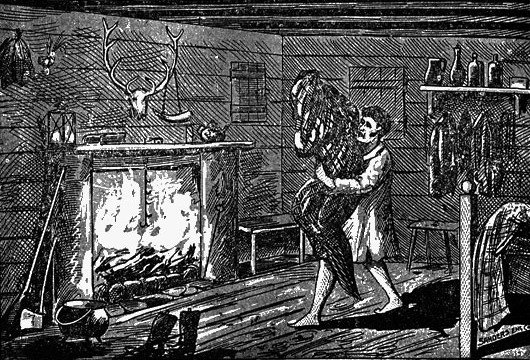Once upon a time, in a small village nestled amidst the ancient woods, there lived a woman named Eliza. Eliza was an enigmatic figure, often shrouded in mystery and whispered about by the villagers. Rumors spread like wildfire, labeling her as a witch with dark and nefarious powers. But what was the truth behind the facade? Let’s embark on a journey to uncover the real story of the witch.
The Village’s Superstitions

In the village, superstitions ran deep. Legends of witches and their supernatural abilities had been passed down through generations. The villagers were fearful of anything they couldn’t comprehend, attributing misfortunes and strange occurrences to the work of witches. Eliza’s secluded lifestyle and affinity for herbs and potions only fueled their suspicions.
Eliza’s Unconventional Ways

Eliza had always been different. From a young age, she displayed an innate connection with nature and an uncanny knowledge of herbal remedies. She would spend hours in the woods, collecting herbs and concocting potions to heal the sick and wounded. The villagers, however, saw these practices as evidence of her sorcery.
A Misunderstood Healer

In truth, Eliza was not a witch but a gifted healer. Her wisdom regarding the medicinal properties of herbs surpassed that of any village doctor. She possessed a natural intuition for diagnosing ailments and had honed her skills through years of dedicated study and experimentation. Her potions were a blend of ancient wisdom and scientific understanding.
The Power of Perception

Despite Eliza’s benevolent intentions, the villagers remained steadfast in their belief that she was a witch. Fear and prejudice clouded their judgment, preventing them from recognizing her true nature. They often attributed any misfortune to Eliza’s alleged curses, further fueling the notion that she was responsible for their woes.
A Solitary Existence

The villagers’ distrust and constant scrutiny forced Eliza to live a solitary life, hidden away from prying eyes. She found solace in the embrace of nature, her only companion being the whispering wind and the rustling leaves. Eliza’s heart yearned for acceptance, but she knew that understanding and compassion were scarce commodities in her world.
The Light Amidst Darkness

However, not all villagers viewed Eliza with suspicion. Some recognized the genuineness of her intentions and the healing she brought to those in need. These individuals sought her out in secret, relying on her remedies and finding solace in her wise counsel. To them, she was a beacon of hope, casting light on their darkest days.
Unveiling the Truth

As time passed, the true nature of Eliza’s character began to reveal itself. The villagers slowly witnessed the miracles she performed, healing the sick and nursing the wounded back to health. Their skepticism wavered, and doubts crept into their minds. Perhaps their preconceived notions about Eliza had been wrong all along.
Embracing Unity and Acceptance

In a moment of realization, the villagers decided to set aside their fears and superstitions. They approached Eliza with open hearts, ready to embrace her as a respected member of their community. They recognized her extraordinary abilities and acknowledged the invaluable contributions she had made.
A Legacy of Healing
From that day forward, Eliza’s true story spread throughout the village, replacing fear with admiration and appreciation. Her legacy as a gifted healer and compassionate soul continued to thrive, inspiring future generations to honor her memory and carry forward her teachings.
Conclusion
The tale of Eliza, the misunderstood witch, serves as a poignant reminder of the power of perception and the importance of embracing unity and acceptance. It reminds us that true understanding can only arise when we let go of prejudice and take the time to uncover the truth beneath the surface.
FAQs
1. Was Eliza really a witch? No, Eliza was not a witch. She was a gifted healer with profound knowledge of herbal remedies and a deep connection with nature.
2. Did Eliza possess supernatural powers? Eliza’s abilities were not supernatural but rather a result of her extensive study, intuition, and understanding of medicinal herbs.
3. How did the villagers’ perception of Eliza change? Over time, the villagers witnessed the healing miracles performed by Eliza, causing them to question their initial beliefs and eventually embrace her as a respected member of the community.
4. Did Eliza’s story have a lasting impact on the village? Yes, Eliza’s story inspired future generations to honor her memory and cherish her contributions as a healer, promoting unity and acceptance within the village.
5. What can we learn from Eliza’s tale? Eliza’s story teaches us the importance of challenging our preconceived notions, practicing empathy, and embracing diversity to foster understanding and unity in our communities.


